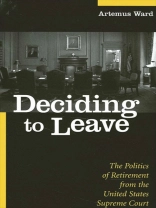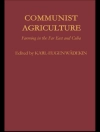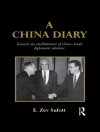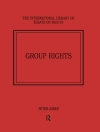While much has been written on Supreme Court appointments, Deciding to Leave provides the first systematic look at the process by which justices decide to retire from the bench, and why this has become increasingly partisan in recent years. Since 1954, generous retirement provisions and decreasing workloads have allowed justices to depart strategically when a president of their own party occupies the White House. Otherwise, the justices remain in their seats, often past their ability to effectively participate in the work of the Court. While there are benefits and drawbacks to various reform proposals, Ward argues that mandatory retirement goes farthest in combating partisanship and protecting the institution of the Court.
قائمة المحتويات
List of Illustrations and Tables
Preface
1. The Politics of Departure in the U.S. Supreme Court
Departure in Comparative Perspective
Departure Politics in Historical Context
Overview
2. 17891800: Traveling Postboys
Indisposition and the Early Supreme Court
Disagreeable Tours
Conclusion
3. 18011868: Crippled Courts
Army of Judges
Imminent Danger of Sudden Death
Needy and Half-Paid Men
Abridgement of Tenure, Facility of Removal, or Some Other Modification
If Mr. Clay Had Been Elected
Overview
4. 18691896: Old Imbeciles on the Bench
Dangerous in its Operation
1869 Retirement Act
The Disputed Election of 1876
The Evarts Act
Conclusion
5. 18971936: Old Fools and Young Spirits
The Field Effect
Evarts Act Redux
Increased Caseloads
Conclusion
6. 19371954: Senior Status
A War with a Fool at the Top
1937 Retirement Act
Untimely Deaths
Conclusion
7. 19541970: The Limits of Power
1954 Retirement Act
Cantankerous Fellows
An Extraconstitutional Arrangement
Conclusion
8. 19711999: Appointed for Life
He Ought to Get Off the Court Too
Old and Coming Apart
Conclusion
9. 2000Present: A Self-Inflicted Wound
The Disputed Election of 2000
That’s For Me to Know and You to Find Out
Conclusion
10. Conclusion: Imaginary Danger?
Ability and Inability
The Rule of 100
Lightening the Burden
Mandatory Retirement
Conclusion
Appendix A
Letter from Byron White to Warren Burger, Oct. 20, 1975
Appendix B
Letter from Warren E. Burger, William J. Brennan, Jr., Potter Stewart, Byron R. White, Thurgood Marshall, Harry A. Blackmun, Lewis F. Powell, and William H. Rehnquist to William O. Douglas, December 22, 1975
Appendix C
Letter from John Paul Stevens to William H. Rehnquist, October 28, 1988
Notes
Bibliography
Index
عن المؤلف
Artemus Ward is Assistant Professor of Political Science at Northern Illinois University.












